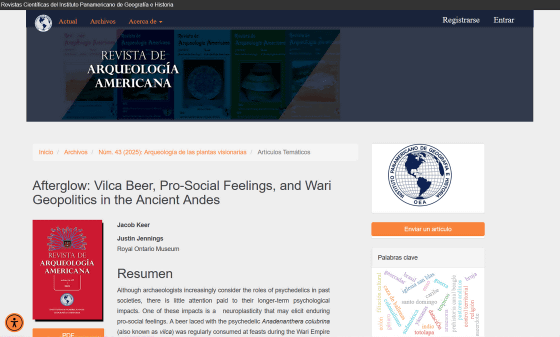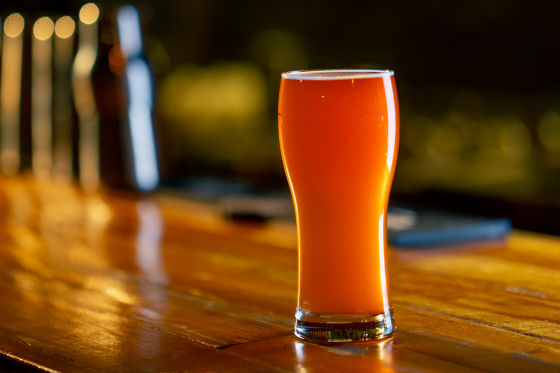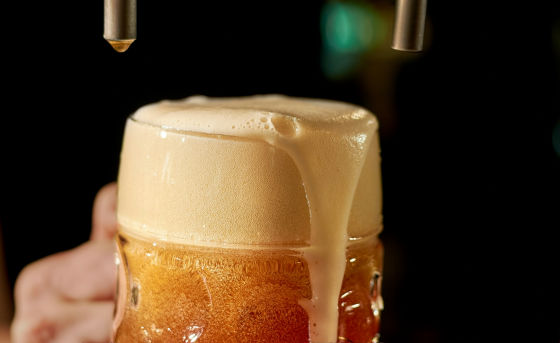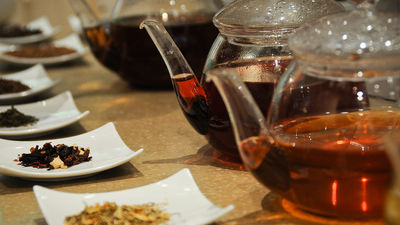Hallucinogenic beer may have been important to pre-Inca Peruvian governance

A new study suggests that hallucinogen-laced beer may have played an important role in the rule of Peru before the Inca Empire.
Afterglow: Vilca Beer, Pro-Social Feelings, and Wari Geopolitics in the Ancient Andes | Revista de Arqueología Americana

Psychedelic beer may have helped pre-Inca empire in Peru schmooze elite outsiders and consolidate power | Live Science
https://www.livescience.com/archaeology/psychedelic-beer-may-have-helped-pre-inca-empire-in-peru-schmooze-elite-outsiders-and-consolidate-power
This study focuses on the Wari civilization, which flourished in the central Andes Mountains between 600 and 1000 AD. The Wari are known for their mummified burials, human sacrifice, and elaborate crafts made from gold, silver, and bronze. They also built cities with temples and elite residences, and controlled much of Peru, as well as parts of Chile and Argentina.
A paper published on October 6, 2025, in the journal Revista de Arqueología Americana , an academic journal specializing in archaeological research in the Americas, proposes that the Wari ruling class may have used 'hallucinogenic beer' to expand their territory.
Justin Jennings, a curator at the Royal Ontario Museum in Canada and author of the paper, and his colleagues point to the discovery of remains of seeds from a hallucinogenic plant called Anadenanthera colubrina (Vilca) at the Wari archaeological site as evidence for this theory. Vilca seeds were also found near remains of beer made from peppercorns , suggesting that the beer contained virca.

Researchers note that while Birka doesn't produce a strong high, it does produce a long-lasting effect. Studies of similar hallucinogens have shown that people who take them tend to show 'greater openness and empathy.'
Visitors to Warri settlements would attend banquets on
'The long-term psychological effects of drinking birka beer several times a year may have shaped new cognitive norms and instilled greater openness and empathy among participants in the celebrations,' the researchers wrote in their paper. 'These characteristics would have been highly favorable for the Wari polity, which relied on friendly, everyday face-to-face interactions with people who were once strangers or even enemies.'

While the study authors conclude that hallucinogenic beer played a key role in the Wari's dominance, researchers not involved in the study have expressed mixed reactions. Patrick Williams , chair of the Department of Human Evolution and Social Change at Arizona State University , acknowledges that the hypothesis is intriguing, but points out that it's impossible to say with certainty that birka was actually mixed into the beer. 'If chemical traces of birka were found in the pores of the ceramic cups used to hold the beverage, that would make more sense for the premise presented here,' Williams said.
In addition, Dr. Mary Glowacki , an archaeologist at the Pre-Columbian Archaeological Research Group , said, 'Most early Andean societies used intoxicating substances, including virca, in political negotiations.' He pointed out that the use of virca in the Wari may not have been unusual.
Related Posts:
in Free Member, Science, Food, Posted by log1h_ik







